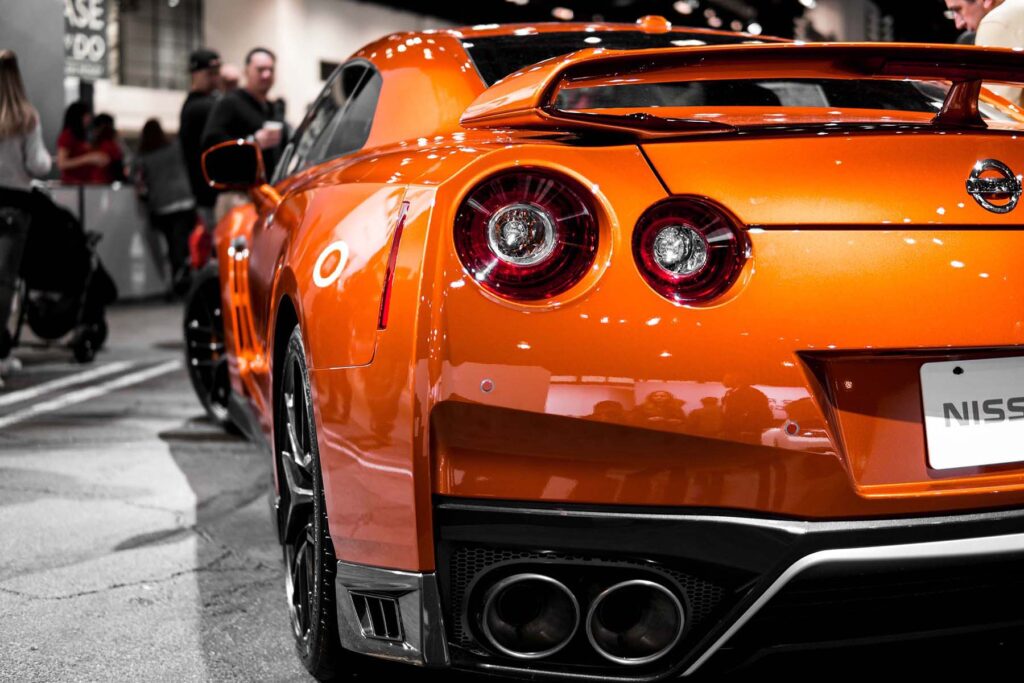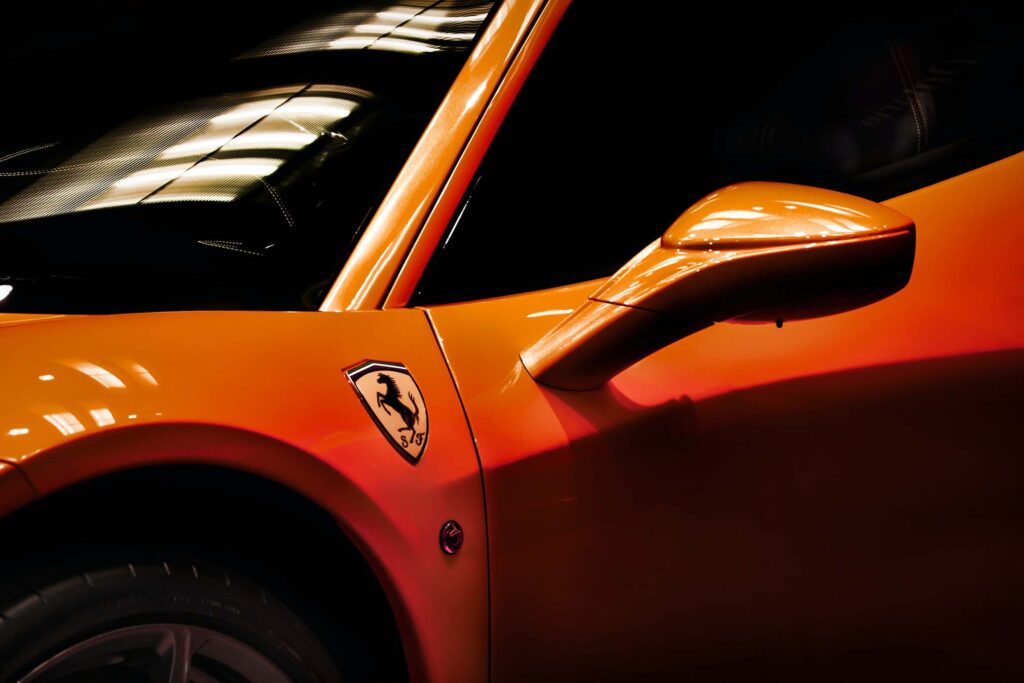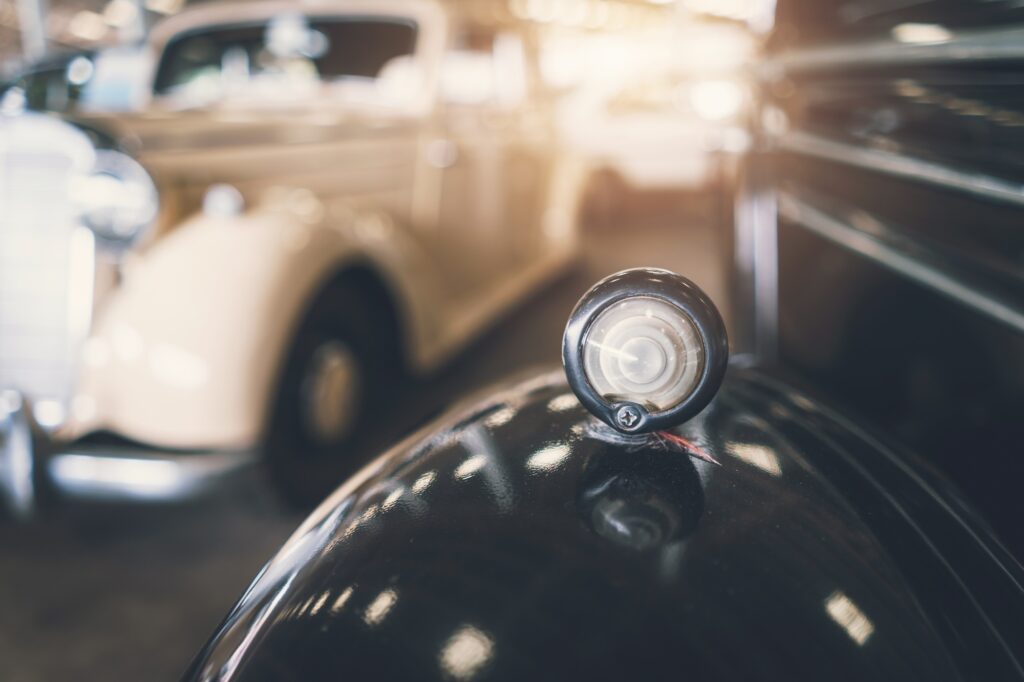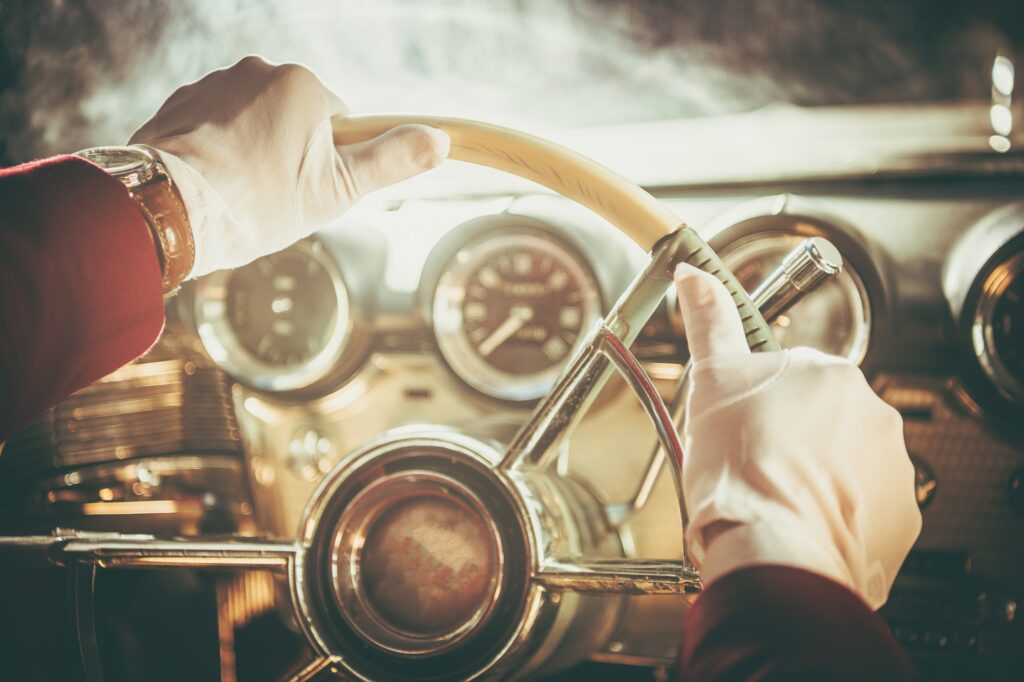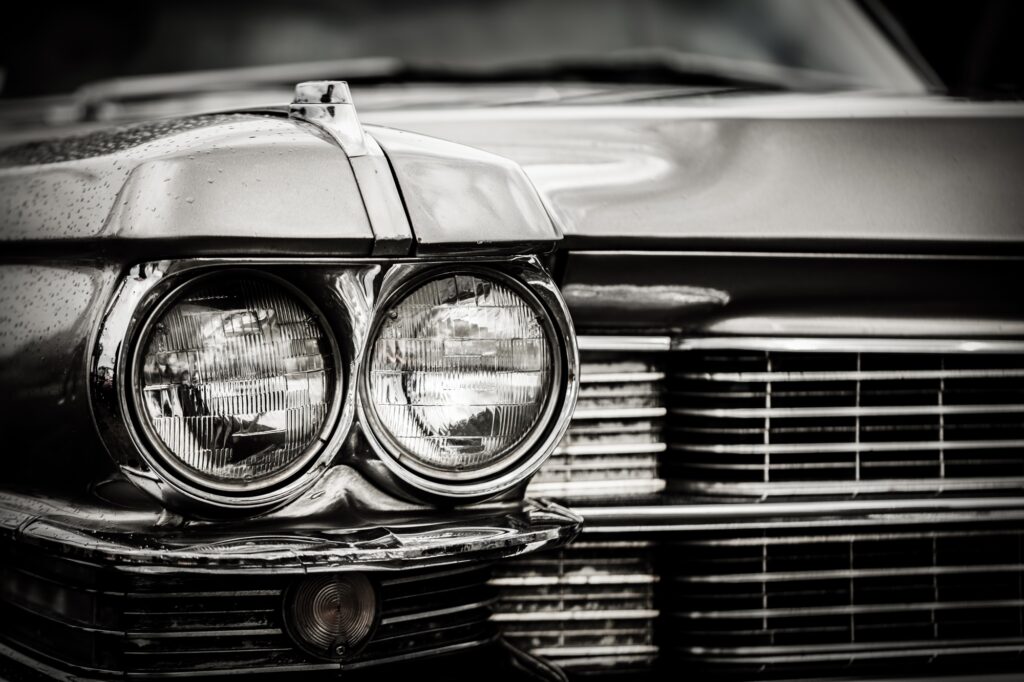Automotive Art Process: From Sketch to Canvas
The automotive art process is a creative journey that transforms mechanical beauty into visual storytelling. It’s not just about drawing a car — it’s about capturing emotion, speed, and personality through each artistic phase. From sketch to canvas, every step matters in bringing a vehicle to life through illustration.
Whether you’re a seasoned artist or just beginning, understanding the automotive art process can elevate your skills and help you create more dynamic and compelling car art.
1. Gathering Inspiration and Reference
Every great piece of automotive art starts with strong reference material. Artists collect images from car shows, photo archives, or real-world locations. This helps them understand the proportions, angles, and unique features of the vehicle they’re about to illustrate.
Using quality references ensures accuracy and gives artists the confidence to stylize without losing realism. Online platforms like Redbubble also provide inspiration through finished art prints and compositions.
2. Rough Sketching to Establish Form
This stage of the automotive art process focuses on speed and structure. Artists use light lines to map out the basic form of the car. This sketch is where the pose, proportions, and flow of the composition are set in place.
It’s common to create several quick thumbnails before choosing one to refine. A strong initial sketch lays the groundwork for a successful final piece.
3. Refining Lines and Proportions
After selecting the base sketch, the artist begins tightening the lines. Curves are cleaned, structure is corrected, and details are added. This is when the car begins to look more like the real subject — or the stylized version the artist envisions.
Many artists rely on rulers or digital grids to keep proportions accurate, especially when working with classic cars that have symmetrical design elements.
4. Color, Light, and Shadow
Coloring is a crucial part of the automotive art process. Once the linework is done, artists move into color blocking, lighting, and shading. They add depth with gradients, contrast, and highlights — especially on curves and chrome.
Digital artists work in layers to experiment with different paint finishes and reflective surfaces. Traditional artists use techniques like airbrushing, inking, or markers to bring the same effects to life.
5. Adding Backgrounds and Environment
Some car illustrations focus only on the vehicle, but many artists enhance the piece by placing the car in a scene. A racetrack, desert highway, or retro gas station can turn an illustration into a full story.
Backgrounds add atmosphere and help contextualize the vehicle. Even a minimal shadow or road texture helps the car “sit” in its environment more naturally.
6. Finishing Touches and Polish
The final step in the automotive art process is polish. Artists zoom in to refine edge lines, reflections, shadows, and minor textures. They add realistic elements like headlight glows, tire patterns, or weathering effects depending on the style.
This is also the time to apply your personal signature, watermark, or prep the artwork for printing and sharing.
Traditional vs. Digital Automotive Art
Both mediums offer unique benefits in the art process. Traditional tools like pencils, markers, and paints provide a hands-on feel and texture that collectors appreciate. On the other hand, digital platforms like Procreate and Photoshop allow unlimited experimentation and quick adjustments.
Choosing the right medium depends on your workflow, audience, and personal preference — but both can produce stunning results when the process is done with care.
Resources to Learn More
Want to improve your automotive art skills? Check out these resources:
- How to Draw Cars – Aaron Blaise
- Car Drawing Techniques – Concept Art Empire
- Discover iconic muscle cars to illustrate »
Why the Automotive Art Process Matters
Understanding the automotive art process helps artists approach their work with confidence and clarity. It brings structure to creativity — helping you translate complex forms into engaging, beautiful illustrations that car lovers will admire.
Whether you’re sketching a vintage hot rod or rendering a modern supercar, following a thoughtful process allows you to tell a story through every detail.
Final Thoughts
Great automotive artwork isn’t just created — it’s built layer by layer. From initial sketch to final canvas, each step in the automotive art process plays a role in shaping the final piece.
With time, practice, and the right approach, any artist can master the craft of car illustration. So grab your sketchpad or tablet, pick your favorite ride, and start drawing — the road to great automotive art starts here.

